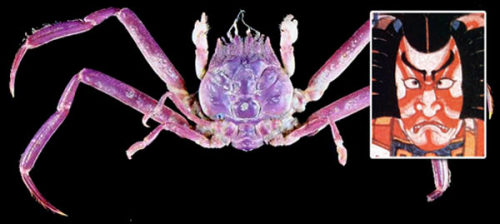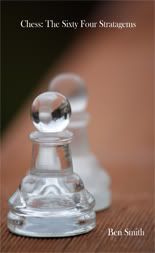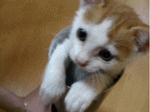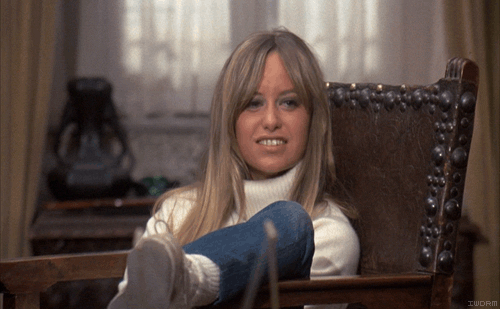
Heikegani: The Samurai Ghost Crabs
Heikegani is a species of crab native to Japan, with a shell that bears a pattern resembling a human face. According to Japanese folklore, the Heikegani crabs contain the souls of the Heike samurai warriors who were slain at the Battle of Dan-no-ura in 1185 AD, a war over the Japanese imperial throne.
According to the theory of Artificial Selection, the fishermen fishing Japan’s waters would throw back any crabs whose shells looked like a samurai’s face out of respect for the fallen heike. This preserved the DNA of the heikegani with samurai-like faces while thinning the genetic lines of those without.
The problem with this theory is that the Heikegani crabs, which have a maximum length of 1.2 inches, are too small to be eaten, so it is unlikely they were ever caught for food in the first place.
A far more plausible theory is that any resemblance of a human face seen in the shells of the Heikegani crabs is the result of pareidolia, the human brain’s innate ability to recognize faces and human forms in a set of random stimuli. Common examples include seeing images of animals or faces in clouds, the Virgin Mary on toast, and the man in the moon. (Source)




 "Drunk at the matinee" is a collection of candid poetry about stupid shit that we all experience from day to day.
"Drunk at the matinee" is a collection of candid poetry about stupid shit that we all experience from day to day.







No comments:
Post a Comment